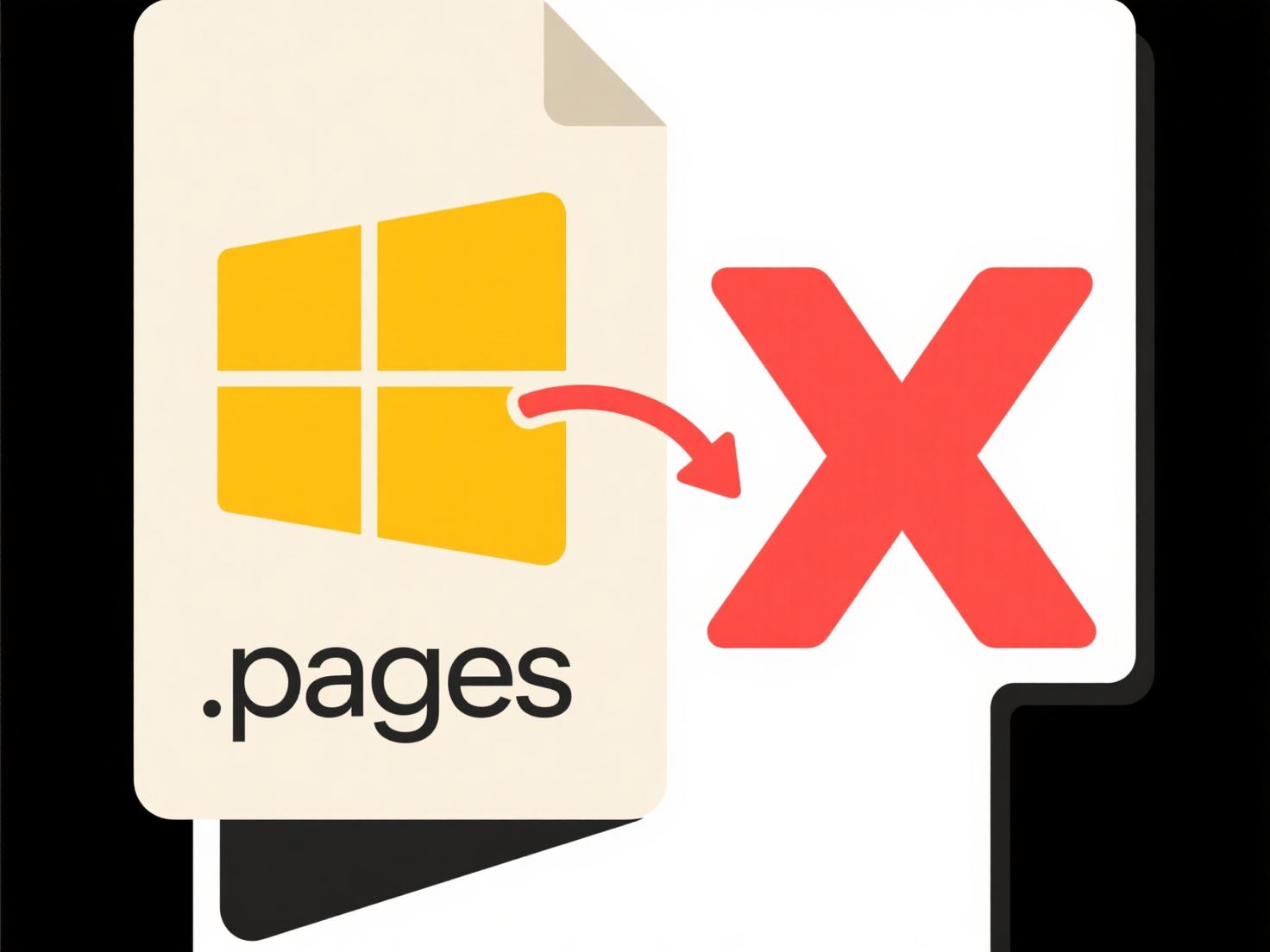
Yes, two files can have the same name if they are stored in different folders (also known as directories). This is possible because the unique identifier for a file within a file system is not just its name, but its full path. The path combines the file's name with its specific location in the folder hierarchy, like a unique address. Folders act as containers that logically separate files, allowing identical names in separate containers without conflict.
For example, a user can save a report called "budget.xlsx" in both their "Work" folder and their "Personal" folder on the same computer. Similarly, web servers commonly host multiple websites on the same server; each site resides in its own folder (e.g., "/sites/clientA" and "/sites/clientB"), enabling both folders to contain files named "index.html". File systems like NTFS (Windows), APFS (macOS), and ext4 (Linux) support this structure, and cloud storage services like Google Drive use it to organize user content.

While beneficial for organization, this structure has limitations. Moving files with identical names between folders can cause confusion or accidental overwriting if not managed carefully. Some programming tools or scripts might face issues if referencing files by name only without specifying their path. Despite these minor risks, folder-based name separation is a fundamental and robust design that efficiently utilizes storage resources across operating systems and applications.
Can two files have the same name if they're in different folders?
Yes, two files can have the same name if they are stored in different folders (also known as directories). This is possible because the unique identifier for a file within a file system is not just its name, but its full path. The path combines the file's name with its specific location in the folder hierarchy, like a unique address. Folders act as containers that logically separate files, allowing identical names in separate containers without conflict.
For example, a user can save a report called "budget.xlsx" in both their "Work" folder and their "Personal" folder on the same computer. Similarly, web servers commonly host multiple websites on the same server; each site resides in its own folder (e.g., "/sites/clientA" and "/sites/clientB"), enabling both folders to contain files named "index.html". File systems like NTFS (Windows), APFS (macOS), and ext4 (Linux) support this structure, and cloud storage services like Google Drive use it to organize user content.

While beneficial for organization, this structure has limitations. Moving files with identical names between folders can cause confusion or accidental overwriting if not managed carefully. Some programming tools or scripts might face issues if referencing files by name only without specifying their path. Despite these minor risks, folder-based name separation is a fundamental and robust design that efficiently utilizes storage resources across operating systems and applications.
Quick Article Links
Can I use QR codes or barcodes as file names in automated systems?
Using QR codes or barcodes directly as file names is generally not feasible. File names are text strings required by ope...
Can I share cloud files with people who don’t use the same service?
Sharing cloud files with individuals not using the same service is possible using link-based sharing features. Most clou...
Can I search files based on time ranges (last hour, last week)?
Time-based file searching allows you to find files using their creation, modification, or access timestamps. Operating s...